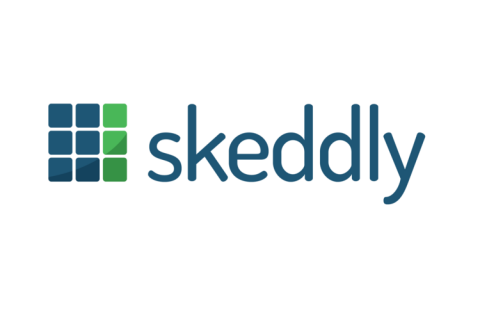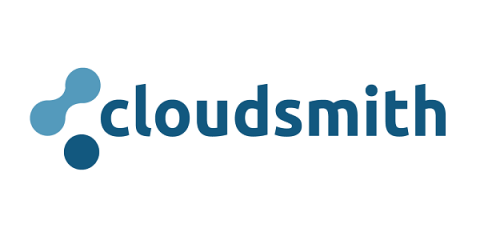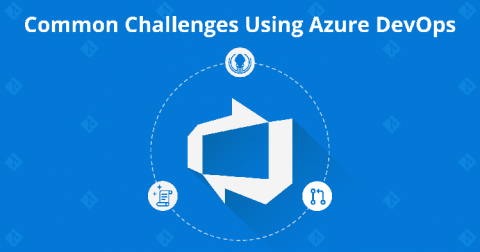Data Is the New Oil... or Is It?
At Skeddly we’re focused on bringing you the best in AWS help tutorials, AWS scheduler services, and AWS backup services. However, from time to time we like to reach out to other leaders in the AWS space to help you, our blog readers, stay on top of the latest developments and news within the AWS ecosystem. Today Skeddly had the opportunity to speak with the team at Caserta, a big data and analytics company that helps businesses harness the power data to exceed their business goals.











